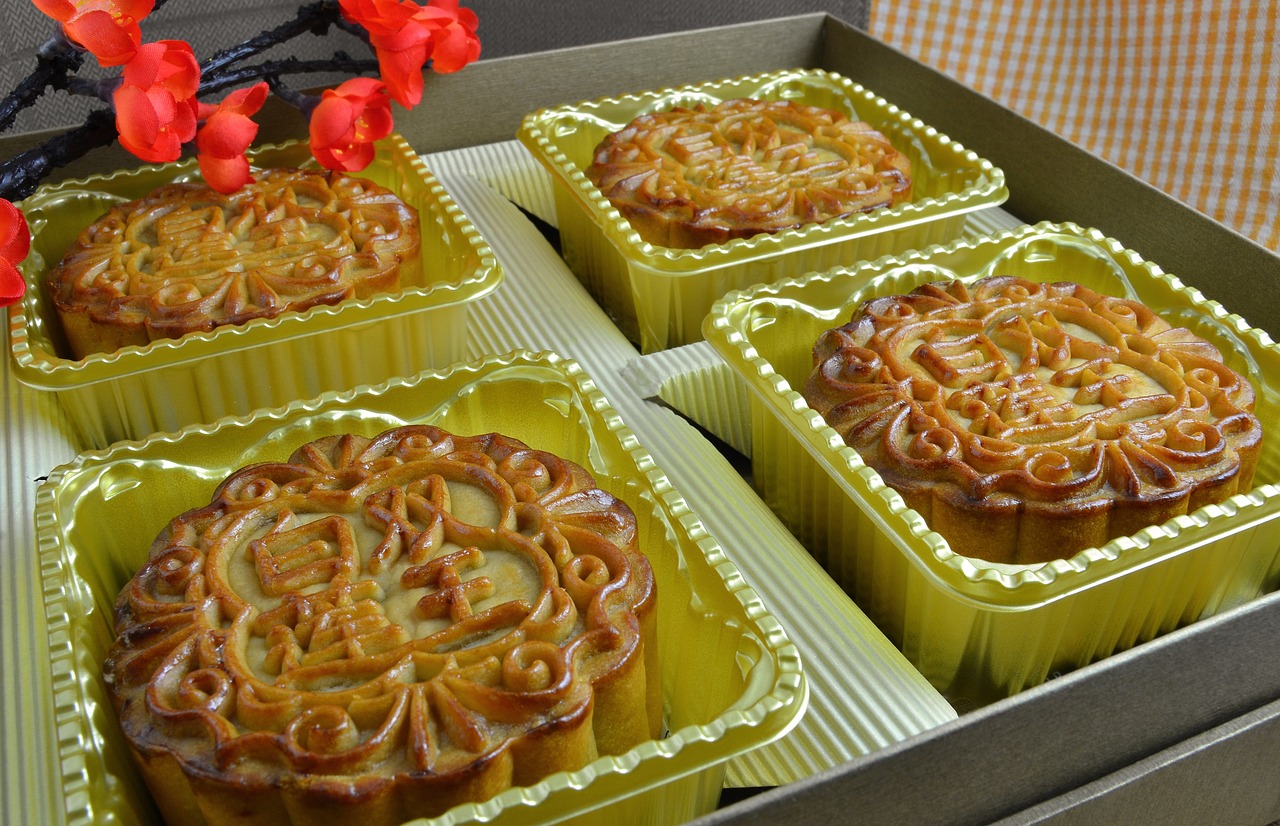Table of Contents
Exploring the Shelf Life of Mooncakes: How Long Can You Enjoy These Traditional Treats?
Mooncakes, with their rich history and cultural significance, have become emblematic of festivals like the Mid-Autumn Festival celebrated across East Asia. These delectable treats, often filled with lotus seed paste, red bean paste, or salted egg yolks, are eagerly awaited and savored during this festive season. But for those who wish to indulge beyond the festival period or store them for later enjoyment, the question arises: How long do mooncakes last? Let’s explore the shelf life of these traditional delights.Understanding Mooncakes:
Before delving into their shelf life, it’s essential to understand the composition of mooncakes. Typically made with flour, sugar, and various fillings, mooncakes are often intricately designed and stamped with auspicious symbols. The most common fillings include lotus seed paste, red bean paste, and sometimes even savory options like salted egg yolks or mixed nuts. These ingredients contribute to both the taste and the longevity of mooncakes.Factors Affecting Shelf Life:
Several factors influence the shelf life of mooncakes:- Ingredients: The quality and freshness of ingredients play a significant role. Mooncakes made with fresh, high-quality ingredients are likely to have a longer shelf life compared to those made with lower-quality ingredients.
- Fillings: The type of filling used can impact shelf life. For instance, mooncakes with lotus seed paste or red bean paste tend to last longer than those with fresh fruit fillings due to their higher sugar content, which acts as a preservative.
- Storage Conditions: Proper storage is crucial in extending the shelf life of mooncakes. Storing them in a cool, dry place away from direct sunlight and moisture helps prevent spoilage and maintain their freshness.
- Packaging: Mooncakes are often individually wrapped and sealed to preserve their flavor and texture. Quality packaging can further extend their shelf life by protecting them from external elements.
Shelf Life of Mooncakes:
The shelf life of mooncakes can vary depending on the factors mentioned above. On average, properly stored mooncakes can last anywhere from one week to several weeks. Here’s a breakdown based on the type of mooncake:- Traditional Mooncakes: Mooncakes with classic fillings like lotus seed paste or red bean paste typically have a longer shelf life compared to those with fresh fruit fillings. When stored in an airtight container in a cool, dry place, traditional mooncakes can last for up to two to three weeks.
- Snow Skin Mooncakes: Snow skin mooncakes, known for their soft, chewy texture and delicate flavors, have a shorter shelf life compared to traditional baked mooncakes. Due to their fresh ingredients and lack of baking, snow skin mooncakes are best consumed within one week of purchase or preparation.
- Savory Mooncakes: Mooncakes filled with savory ingredients like salted egg yolks or mixed nuts may have a slightly shorter shelf life compared to sweet varieties. However, when stored properly, they can still last for up to two weeks or more.
Tips for Extending Shelf Life:
To maximize the shelf life of your mooncakes, consider the following tips:- Proper Storage: Store mooncakes in an airtight container in a cool, dry place away from sunlight and moisture.
- Refrigeration: If you plan to store mooncakes for an extended period, consider refrigerating them to maintain their freshness. Allow them to come to room temperature before serving for the best flavor and texture.
- Quality Packaging: Opt for mooncakes packaged in high-quality, airtight wrapping to protect them from external elements and extend their shelf life.
- Avoid Freezing: While refrigeration is acceptable, freezing mooncakes can alter their texture and flavor, affecting their overall quality.
- Inspect Regularly: Periodically check your stored mooncakes for any signs of spoilage, such as mold growth or changes in texture and odor. Discard any mooncakes that appear to be past their prime to avoid consuming spoiled food.
- Enjoy Freshness: Mooncakes are best enjoyed when they are fresh and at their peak flavor. Try to consume them within the recommended shelf life for the best taste and texture experience.
- Share with Others: If you find yourself with an abundance of mooncakes, consider sharing them with family, friends, or neighbors. Not only does this spread joy and goodwill, but it also ensures that the mooncakes are enjoyed before they reach their expiration date.
- Repurpose Leftovers: If you have leftover mooncakes nearing the end of their shelf life, get creative with how you use them. Crumble them over ice cream, blend them into milkshakes, or incorporate them into other desserts for a delicious twist.

